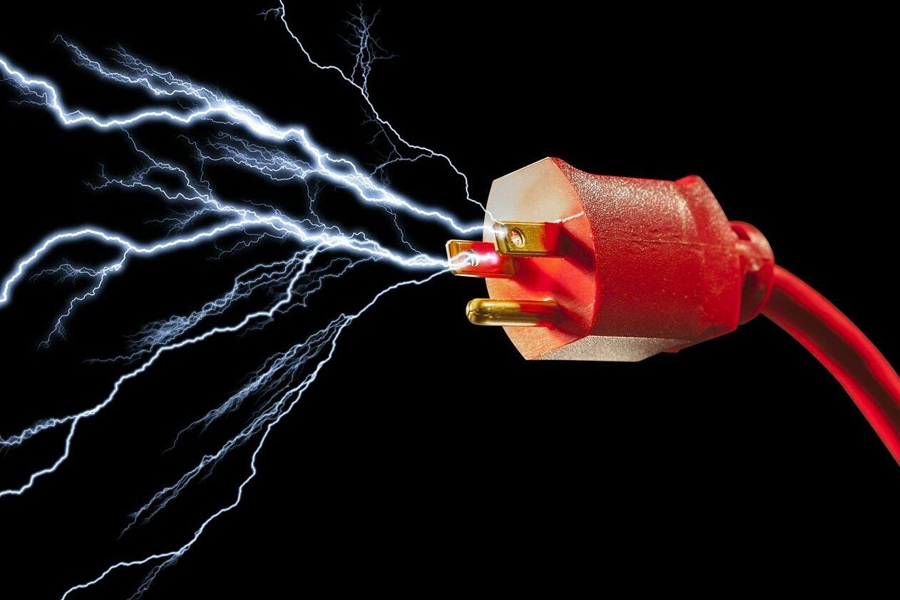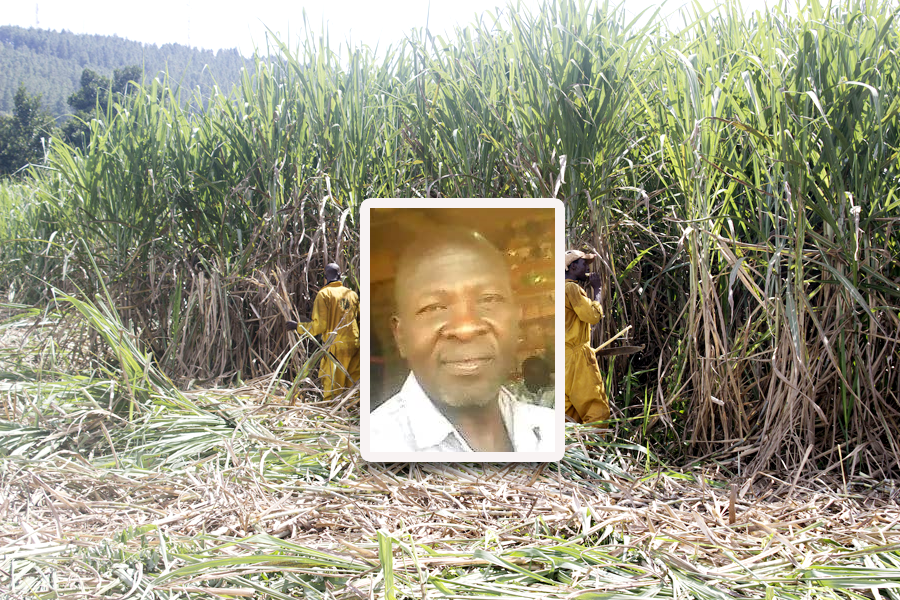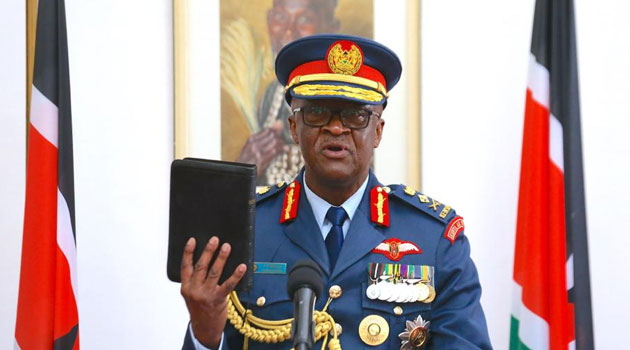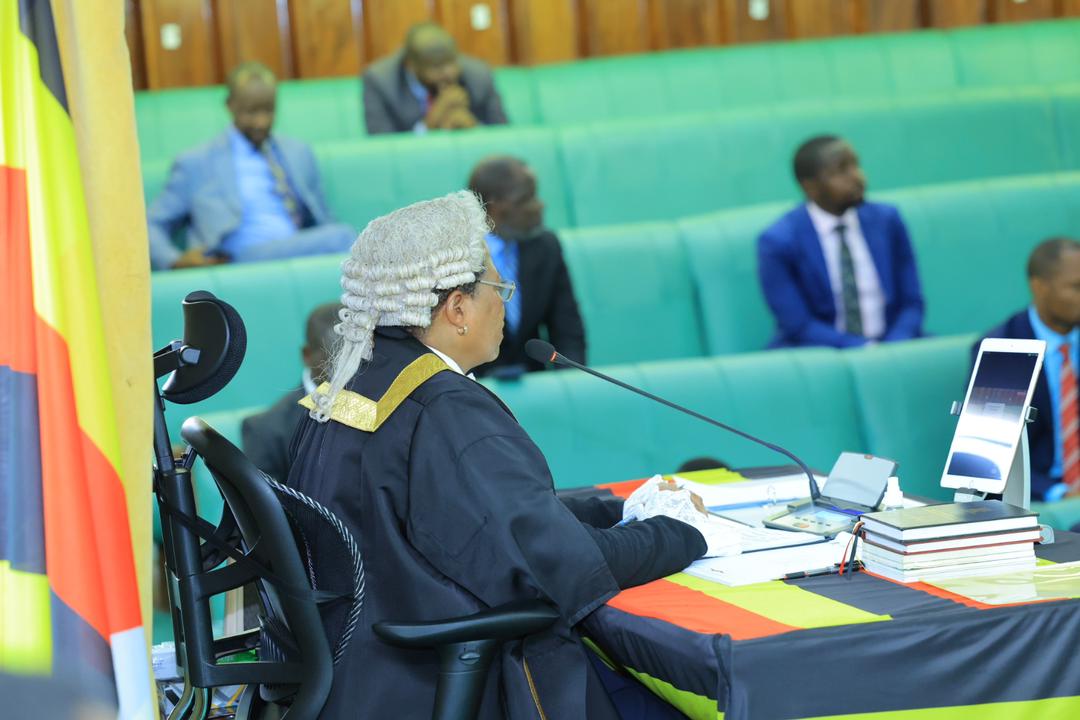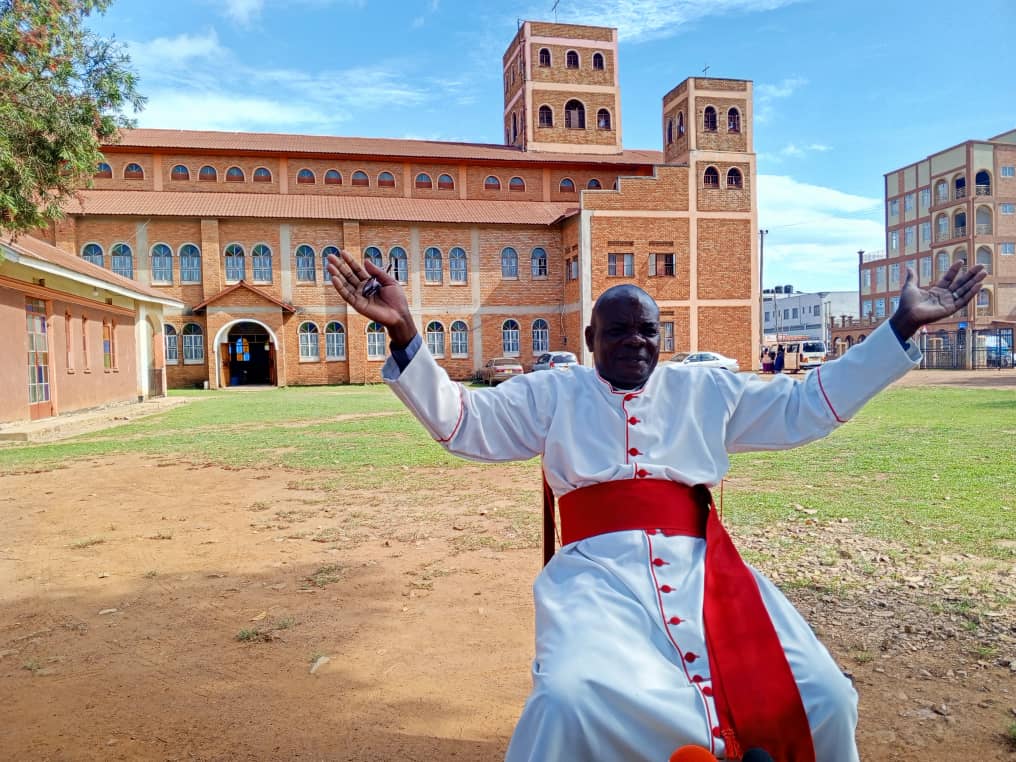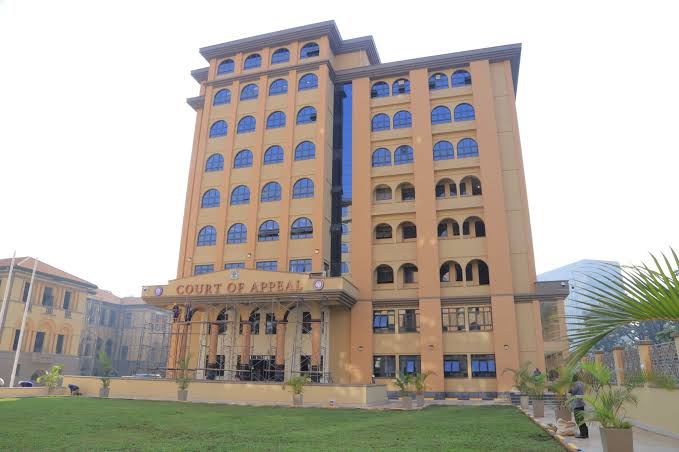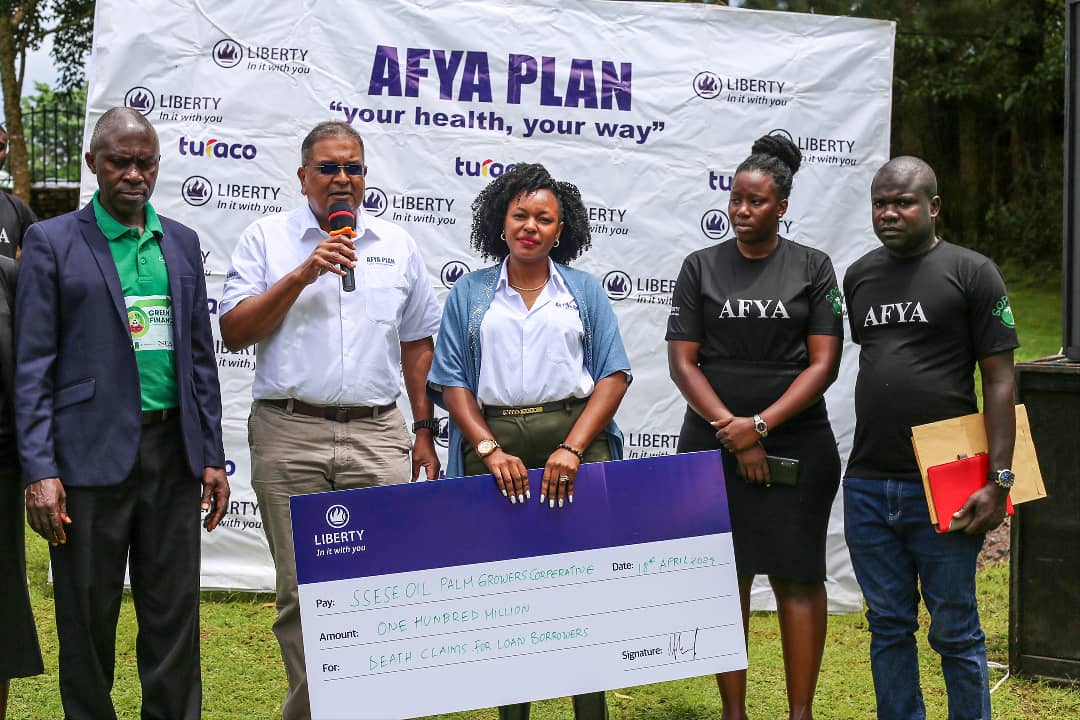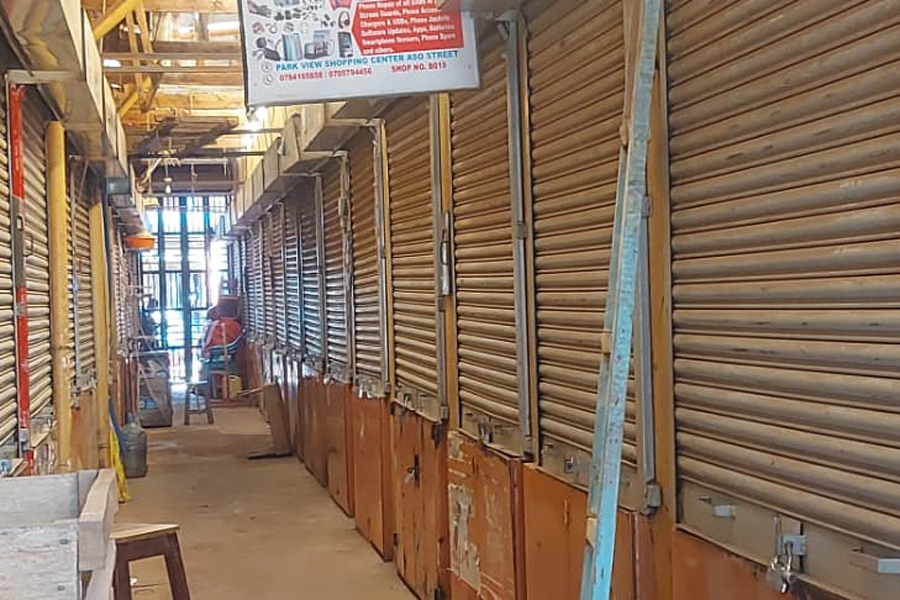Uganda's Slow, Painful Road to Producing Oil
By Agather Atuhaire
A report made by the Uganda National Oil Company (UNOC) on the progress of the infrastructure projects required before oil production commences at the media workshop last month showed that the wait for the country’s first oil is far from over.
The government had, after several postponements of production dates from as early as 2009, set 2020 as the definitive deadline for fast oil.
With less than two years to that date, construction of many of the infrastructure projects to facilitate production has not even commenced.
Key of these are the oil refinery, the central processing facility, the crude export pipeline and other pipelines from the oil fields to the Central Processing Facility(CPF), from the CPF to the refinery, and from the refinery to the storage facility.
While the plans to construct the refinery began as early as 2010 when a study by Foster Wheeler concluded that the project was economically viable, construction has not commenced, eight years later.
The biggest challenge has been finding the lead investor with many contenders withdrawing from the project.
Government first negotiated with Russia’s RT Global Resources LLC in 2015 after it was chosen over South Korea’s SK Engineering & Construction Co. Negotiations with the consortium later collapsed and SK Engineering which had been termed as “the alternate bidder” had lost interest.
It took another three years of a protracted search and negotiations to find another lead investor. In April 2018, a new consortium- The Albertine Graben Refinery Consortium (AGRC) led by the United States’ General Electric was selected to build the refinery. Other members of the new consortium are; Yaatra Ventures LLC, Intra-continental Asset Holdings and Italy’s Saipem SpA.
Those conversant with the negotiations however doubt the consortium’s capacity to construct the refinery. To them, the consortium led by Guangzhou Dongsong Energy Group, a Chinese company would be more capable.
The consortium was comprised of China Petroleum Engineering & Construction Corporation (CPECC), China Africa Fund for Industrial Cooperation (CAFIC), Guangzhou Silk Road, East China Design and Engineering Institute, Exim Bank of China and Industrial and Commercial Bank of China (ICBC).
CPECC was considered had better debt financing terms in the range of 4%- 7% and readily available partners to provide the funds-EXIM Bank and ICBC expressed interest in providing the debt funds for the project. Funding didn’t seem certain from the American Consortium and their estimated borrowing rate was between 8%-12%.
On the whole, the AGRC scored 66% against Dongsong’s group 83%.
But Government was left with AGRC as its only option when negotiations with the Dongsong group collapsed in June 2017 when CPECC, the main contractor in the consortium, pulled out of the talks.
As if the issues about the lead investor were not worrying enough, there might be problems with the financing of the government’s share of the equity.
The East African countries which had pledged to contribute to the government’s 40 percent stake seem non-committal as no Inter-Governmental agreements have been signed according to reliable sources from government.
The Kenyan government which was seen as the most committed to the project is said to have lost interest when President Museveni made a U-turn on the crude export pipeline route.
The route which was initially agreed with the Kenyan President Uhuru Kenyatta to be through Lokichar to Lamu Port was changed after Museveni’s meeting with his Tanzanian counterpart John Pombe Magufuli in November 2017.
Kenya had agreed to purchase an eight percent interest in the refinery and so had Tanzania. Burundi and Rwanda had also submitted letters of interest.
But the Directorate of Petroleum says the East African countries have not formally withdrawn from the project. Irene Batebe, the Commissioner midstream says government still awaits the final word from Kenya and Tanzania.
She says the 40% still remains a share available to Uganda, Kenya and Tanzania with Kenya expressing interest of 2.5% shares and Tanzania 8%.
“Kenya will confirm the entity that will represent them before the end of the year and we are hoping that by doing that, they will be re-affirming their interest.” Batebe says.
She says the government is still engaging with Tanzania because there are still concerns about the economic viability of the project.
“We are hoping they will also soon confirm their shareholding but in the meantime, the Uganda Refinery Holding Company (URHC) will be in charge of the government’s share of the project.”
She allays fears that government might fail to raise the required funds if its partner states don’t come through saying that the government is already looking for funds.
“Although our preference is to have these partners on board,” she says, “we are looking for the funds to finance our entire the equity in the event that they don’t come through.
Although the pipeline project seems to have made a bit of progress, there is still dissatisfaction with its pace.
The Tanzanian Government for instance last year expressed concerns over the slow speed of the project and the two governments tasked experts to fast-track the project and ensue it is completed on time.
The Uganda National Oil Company (UNOC) announced at the media workshop that the Front End Engineering Design (FEED) for the pipeline was complete and awaiting approval by the Petroleum Authority.
The speed is still not satisfactory and there is worry that the land acquisition process especially on the Ugandan side might delay the project even further since it affects many people from across eight districts.
While land acquisition in Tanzania is easy because land is owned by the state, in Uganda the 1995 constitution placed land in the hands of the citizens and government can only compulsorily acquire land after fair and adequate compensation as provided under article 26.
The process is not easy and there have been disputes over land acquisition on almost all government projects with government accusing landowners of inflating rates and land owners accusing government of giving them inadequate rates.
It is this land acquisition and compensation problem that is still hindering the construction of the Central Processing Facility (CPF), another necessary requirement for production to commence.
The project affected persons are demanding for shs. 10million for an acre while government is offering shs. 3million.
Although government maintains its 2020 deadline, observers say it is unrealistic.
Honey Malinga, the Director of the Directorate of Petroleum says government still hopes to achieve its 2020 target for oil production.
“We are still working hard to achieve our target of 2020,” he told Nile post, “If time comes and we think we cannot achieve it, we will inform you.”
One of the Joint Venture Companies; Total told the Media last month that they hope to start production in 2021.
Experts say this is wishful thinking. They say it would take not less than five years to complete construction of these projects from the date of commencement.
If this is the case and fast oil comes after 2025 as many predict, it will have taken Uganda almost 20 years to produce the oil that was discovered in 2006.




